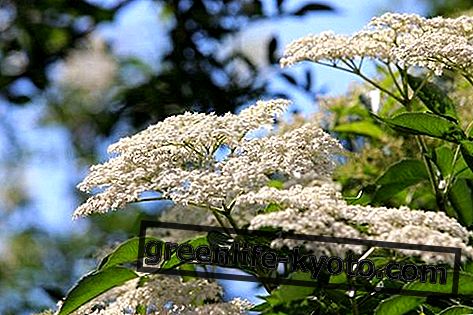Aloe vera ( Aloe barbadensis mille ) is a plant of the Aloeacee family. The term Aloe derives from the Greek root Alos, which means "salty substance" perhaps in reference to its maritime habitat; in Arabic, instead, the term aloe derives from alua, which means "bitter", as indeed is the juice of the plant.
Known by milennians for its anti-inflammatory, depurative and nourishing medicinal properties, it is also widely used in cosmetics and benefits people with HIV and leukemia. Let's find out more about the characteristics and side effects of Aloe vera .

Aloe vera: characteristics and properties
Aloe vera is a perennial succulent plant that can reach a height of 1 m. The leaves are spotted in the growth phase and of a uniform green color in the adult state. Covered with a protective film, they enclose the Aloine and an aquifer parenchyma consisting of the gel of the plant so much sought after.
The aloe leaves also have thorns along the sides; the flowers, from yellow to red, consist of a raceme inflorescence with an enlarged axis; the fruits consist of a loculicidal capsule.
The active ingredients of aloe vera are contained in the gel that is extracted from the leaves and which has immunostimulant, anti-inflammatory, purifying, nourishing and remineralizing properties.
Aloe restores the functionality of the lazy intestine, performing a balancing action on the pH and bacterial flora, useful in cases of constipation and diarrhea.
The healing and re-epithelising properties of aloe, on the other hand, are due to the presence of polysaccharides derived from mannose (glucomannans), which stimulate the activity of macrophages, enhance collagen synthesis and increase cell regeneration.
Aloe vera also contains Acemannan, with an immunomodulatory action, that is able to regulate immune responses to infectious or sensitizing agents, such as in the case of allergies or autoimmune diseases and against toxins and tumors.
Steroids, on the other hand, are attributed the anti-inflammatory property, similar to that exerted by synthetic steroid-based drugs, frequently used in rheumatologic diseases of autoimmune origin, but devoid of all the toxic side effects of the chemical molecules in question. For this reason it helps with osteoarticular problems, such as arthritis, rheumatism and joint pain .
The intake of aloe juice also favors the detoxification of the body from both exogenous and endogenous toxins thus helping the purifying action of the liver.
Side effects of Aloe vera
The side effects of Aloe vera mostly concern the gastro-intestinal tract, causing cramps and diarrhea .
Furthermore, its use is not recommended during pregnancy, and even during breastfeeding, as it could make breast milk bitter .
Aloe gel, on the other hand, has not shown any side effects so it can also be taken by children . In any case, as with any medicinal plant, it is always advisable to take it with caution and to consult a specialist before taking it.
You might also be interested:
> All common uses of aloe vera
> The aloe vera supplement: properties and use
> Aloe vera to drink: benefits, use and how to do it













